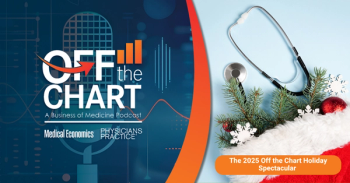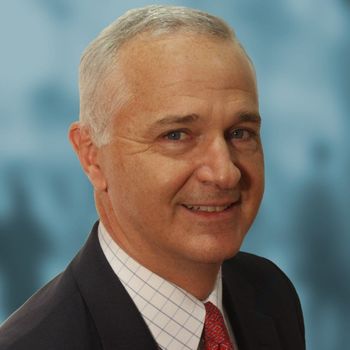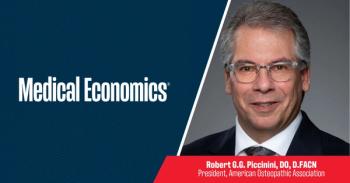
Primary care’s image problem is fueling the physician shortage
Key Takeaways
- Medical students perceive primary care as less prestigious and lower-paying, influencing specialty choices and contributing to the primary care shortage.
- Early clinical experiences can positively impact specialty decisions, suggesting increased exposure to primary care could counteract negative perceptions.
New data shows med students still see primary care as less prestigious — and less lucrative.
A multi-institutional study led by researchers from
Published July 25 in
There have
Prestige and income perceptions
Students overwhelmingly viewed their top specialty choice as requiring a higher skill level than primary care and having a better reputation in the health care community. The perception was particularly pronounced among
While income expectations did not dominate decision-making for all students, they did play a significant role.
The median minimum income that students said they would be satisfied with as an attending physician was $250,000 to $300,000. Those interested in primary care specialties — family medicine, internal medicine or pediatrics — tended to be more comfortable with a lower minimum salary than their peers.
“Only 20% [of students] agreed that income was the most important factor when choosing a specialty,” the authors wrote. But “those who desired higher incomes (more than $300,000) expressed lower interest in primary care, were more financially motivated and were less influenced by clinical experiences.”
Early clinical experiences can tip the scale
The survey also found that students satisfied with a lower minimum income were significantly more likely to say that clinical experiences shaped their specialty choice. In total, 73% of students reported that a clinical experience influenced their career decision, suggesting early exposure to primary care could counter perceptions of lower prestige.
“This suggests that interventions should ideally be targeted toward students who are satisfied with a more modest income,” the authors wrote. “Meaningful clinical exposure may outweigh financial motivations in shaping student preferences.”
The authors argue that medical schools can help address the primary care gap by boosting students’ exposure to primary care early and often. Suggested strategies include:
- Incorporating primary care physicians as faculty and mentors.
- Offering longitudinal primary care preceptorships during pre-clerkship years.
- Strengthening community-based clinical rotations, especially in rural and underserved areas.
- Providing bias training to students and faculty to combat negative perceptions of primary care.
“Addressing perceptions of lower prestige may be key to increasing interest in primary care,” the authors wrote. “Students may be more strongly influenced by modifiable factors such as clinical experiences than by financial incentives, suggesting that early exposure to primary care may help alleviate the shortage in this field.”
Why it matters
This study was published as the U.S. faces a significant projected physician shortage — the
According to Florida’s Health Department, 9.7% of physicians in the state plan to retire in the next five years, with internal medicine and family medicine among the most affected specialties. Nationally, physicians aged 65 or older make up 20% of the clinical physician workforce.
For independent and private practice physicians already grappling with
Newsletter
Stay informed and empowered with Medical Economics enewsletter, delivering expert insights, financial strategies, practice management tips and technology trends — tailored for today’s physicians.








